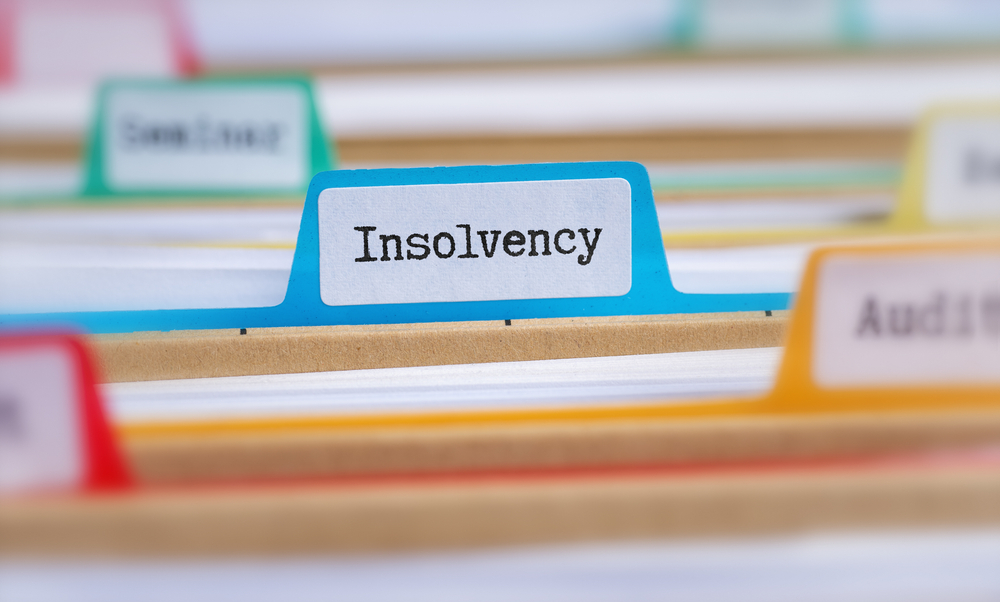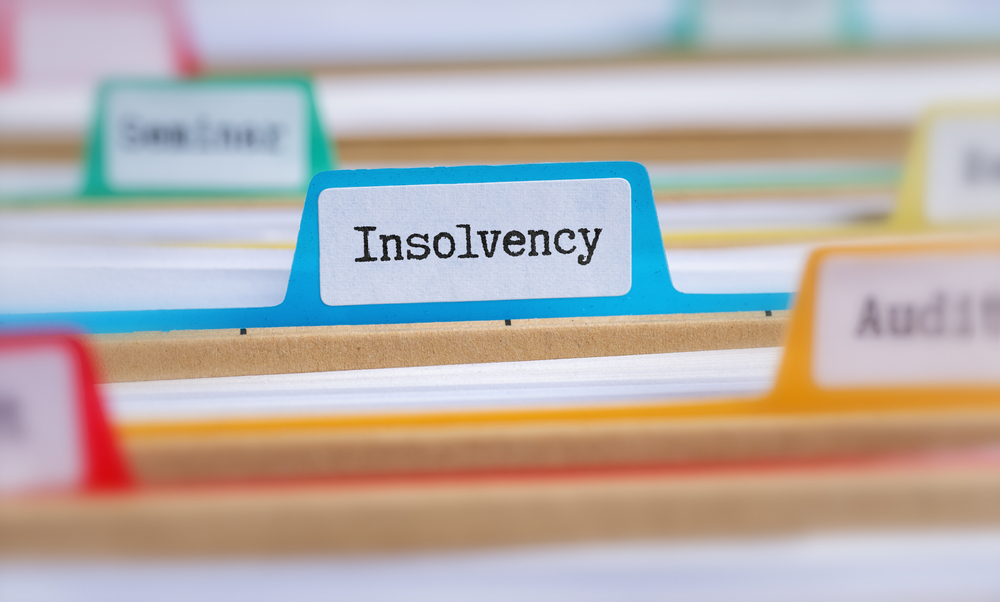
Creditor Pressure
The relentless pressure of unpaid bills can be crippling for any business. From persistent phone calls to legal threats, creditors can exert significant strain.
We understand that this situation can be overwhelming, but you’re not alone. Many UK businesses face similar challenges, and solutions are often available if you act promptly.
This guide will provide you with:
- Clear explanations of creditor pressure and its implications
- Your rights and options when dealing with creditors
- Practical steps to manage and alleviate pressure

Understanding the Rights Your Company’s Creditors Have
Creditors have several legal avenues to recover debts:
- Communication: Creditors can contact you to request payment through various means, including letters, emails, and phone calls. However, they must not harass you or contact you at unreasonable hours.
- Interest and Late Fees If stipulated in your contract, creditors can charge interest and late payment fees on overdue amounts.
- Debt Collection Agencies: Creditors may engage third-party collection agencies. These agencies have the same rights as the original creditor but cannot misrepresent their authority.
- Legal Action: Creditors can initiate legal proceedings, including:
- Issuing a statutory demand
- Filing a County Court Judgment (CCJ)
- Petitioning for winding up (for debts of £750 or more)
HMRC’s Additional Powers:
HMRC has broader powers than standard creditors:
- Direct Recovery: HMRC can directly recover debts from your bank account if you owe £1,000 or more in tax.
- Security Bonds: For certain taxes, HMRC can demand a security bond if they believe there’s a risk of non-payment.
- Accelerated Payment Notices: HMRC can demand upfront payment of disputed tax in some cases.
- Personal Liability Notices: In certain circumstances, HMRC can hold company officers personally liable for unpaid taxes.
Remember, while creditors have these rights, they must act within legal and ethical boundaries.
- Creditors cannot contact you at unreasonable times or with excessive frequency.
- They cannot use threatening or abusive language.
- Creditors must accurately represent their legal position and potential consequences.
If unsure about a creditor’s actions, seek advice from a licensed insolvency practitioner or legal professional.
Key Stages of Creditor Pressure
As a business owner, understanding the typical progression of creditor pressure can help you anticipate and manage the situation more effectively. Here’s a breakdown of the key stages you might encounter:
(1) Initial Contact and Reminders
At this early stage, you’ll typically receive polite reminders about overdue payments. These might come via email, letter, or phone calls. Creditors are often willing to discuss payment terms at this point, and you may be able to negotiate extensions or payment plans.
(2) Escalation of Communication
If initial reminders are ignored, creditors will likely increase the frequency and urgency of their communications. You might receive more formal letters or calls from the creditor’s accounts department or credit control team.
(3) Final Demands
Creditors may issue a ‘final demand’ or ‘letter before action’, stating their intention to take further steps if the debt remains unpaid. This is often the last opportunity to negotiate before legal proceedings begin.
(4) Statutory Demands
A statutory demand is a formal written request for payment. You have 21 days to respond, either by paying the debt or reaching an agreement with the creditor. Ignoring a statutory demand can have serious consequences.
(5) Legal Action
If previous stages don’t result in payment, creditors may initiate legal proceedings. This could involve:
- County Court Judgments (CCJs)
- Bailiff action
- Winding-up petitions (for debts of £750 or more)
(6) Enforcement Action
In the most severe cases, creditors may take enforcement action. This could include seizing assets or, in the case of HMRC, direct recovery from bank accounts.
Remember, the earlier you address creditor pressure, the more options you’ll have.
What Options are Available to Relieve Creditor Pressure?
When facing creditor pressure, it’s crucial to understand that you have several options available. Each solution has its own advantages and considerations, and the best choice depends on your specific circumstances. Here are key options to consider:
Company Voluntary Arrangement (CVA)
A CVA is a formal agreement between your company and its creditors to repay debts over an extended period, typically 3-5 years.
- Pros: Allows continued trading, can write off some debt, stops legal action.
- Cons: Impacts credit rating, requires regular payments, needs creditor approval.
Administration
This involves appointing an administrator to manage the company with the goal of rescuing the business or achieving a better result for creditors than immediate liquidation.
- Pros: Provides breathing space from creditors, can facilitate restructuring.
- Cons: Loss of control, can be expensive, may end in liquidation if rescue isn’t possible.
Emergency Loans and Financing
Short-term financing options like invoice factoring or asset-based lending can provide quick cash to meet immediate obligations.
- Pros: Quick access to funds, can ease immediate pressure.
- Cons: Can be expensive, may require collateral or personal guarantees.
Time to Pay Arrangements
For tax debts, HMRC may agree to a Time to Pay arrangement, allowing you to spread tax payments over a longer period.
- Pros: Eases cash flow, avoids penalties if adhered to.
- Cons: Interest may still accrue, requires strict adherence to terms.
Creditors’ Voluntary Liquidation (CVL)
If your business is no longer viable, a CVL allows for an orderly wind-down of the company.
- Pros: Orderly closure, can protect directors from wrongful trading accusations.
- Cons: End of the business, potential impact on directors’ future ventures.
Remember, the effectiveness of these options depends on your company’s specific situation. It’s crucial to seek advice from a licensed insolvency practitioner such as ourselves, who can assess your circumstances and guide you towards the most appropriate solution. Acting promptly when you recognise creditor pressure can provide you with more options and a better chance of a positive outcome.








